Published by Jeremy. Last Updated on February 7, 2021.
Disclaimers: Our site uses demographic data, email opt-ins, display advertising, and affiliate links. Please check out our Terms and Conditions for more information. Listed prices and attraction details may have changed since our visit and initial publication.
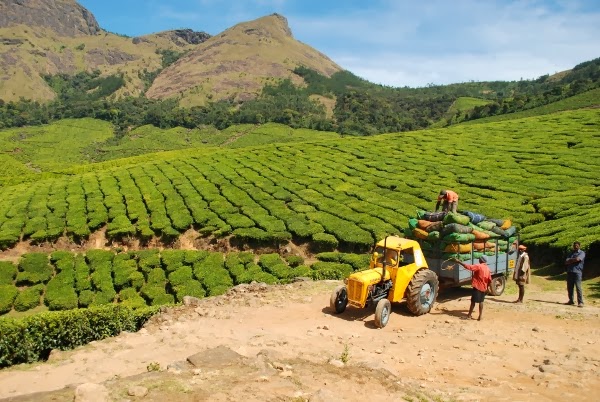
With plants growing at elevations of over 8,000 feet, it should be no surprise when we say it is not the easiest of places to visit.
After a rather lackluster government run tour in Munnar the day before, we decided to hire a private Jeep to take us to this incredibly remote facility as the views were supposed to be some of the best.
Even with the poorly run tour, we already knew that the region topped the Boh Tea Plantation in the Cameron Highlands, and going even higher for more beauty was something we couldn’t begin to comprehend.
With blue skies above and none of Munnar’s famous view-impeding mists in sight, our journey put us on the path to vistas we never thought possible.
✈️ Book Your Next Trip
- • Planning a trip? Find a flight deal.
- • In need of a room? Check out hotel and apartment prices.
- • Taking a cruise? Find a cruise itinerary for your journey.
- • Don't overlook picking up a rental car or day tours as well!
Getting There is Half the Battle
The day starts with an hour long drive through some of the most stunning tea plantations you’ll ever see. Just when you thought you’re getting close to the plantation, the road disappears.
What is left is another hour of bumpy and windy roads uphill at a speed not much faster than a walking pace.
Although this part of the drive could often be considered a test of your stomach’s ability to hold your breakfast, good things come for those who press on.
The views only get better and better until you get so high in elevation that one side of the road becomes an almost sheer drop off thousands of feet into the valley below.
Naturally, it is also covered with tea.
The facility at the heart of the Kolukkumalai estate is rather small considering its size.
A small sitting room is open for visitors to sample tea and make purchases to take home, and the factory tour lasts around 15 to 20 minutes where an enthusiastic employee shows off their 100+ year old technology – all original.
No matter your preference on the final product, if you even like it at all (I am indifferent myself), the facts about tea production you learn while touring the estate are nothing short of impressive.
An Incredible Amount of Tea
In most tea estates, the land you actually see during a visit is often a small fraction of what is owned.
During my visit to the Boh Tea Plantation in the Cameron Highlands, Malaysia, I only ever saw the tea that was on the 15 minute drive into the plantation, and missed the other 99% of their total property just by nature of the geography.
Munnar is in a unique category in that the two-hour drive to Kolukkumalai is completely covered in tea (and another hour in the opposite direction we saw the day before).
But even here, it is still barely scratching the surface of it all as the tea you see is owned by no fewer than a dozen different companies.
Since we only got the chance to visit Kolukkumalai, we are focusing the facts of the rest of this post to this estate only. Multiply these out over the dozens that operate in Munnar and you have some pretty impressive figures indeed.
The Kolukkumalai Estate
During our tour we were told that this one plantation owns well over 1,000 acres of land and produces on average 12 tons of tea per month. That is over 144,000 kg of tea per year, and well over a half-million kg of raw tea leaves that require picking in a process that hardly uses machines of any kind.
Yes, you read that right, the tea you drink at home is almost always collected by hand.
Although it was not surprising to us that these fields are cared for by individual workers, what makes matters worse about the whole situation is that in the best growing periods of the year the tea will require harvesting from each plant once every 7-15 days.
Add in the fact that there are only 220 people in the company total, not all of whom pick the leaves, and you have some very busy workers.
Our guide at the facility told us that the workers who collect the raw tea leaves on average can gather 60 kg per day, which would later be processed down to around 15 kg of consumable tea.
At 110 rupees for a 500 gram bag (the price we paid at their on-site store), the average value of the tea collected by one worker in a day is often no more than $50 – and that is before factoring in all the other employees that do work like spraying, sorting, and processing in the factory.
But how does tea go from the fresh leaf to the dried product you consume at home? Kolukkumalai uses an incredibly old and orthodox process that has the following steps.
Step 1 – Withering: Using a mixture of hot and cold air, the tea leaves are partially dried on a blowing rack which allows the leaf walls to break and wither by up to 50%.
Step 2 – Rolling: The tea leaves are broken up in a rolling device, allowing the smaller particles to be collected and sieved. Larger particles are re-rolled until the desired size range is acquired.
Step 3 – Oxidation: The ground tea leaves are allowed to sit on a cleaned cement floor for a period of time so as to allow oxidation to occur (also referred to as fermentation). The tea loses the green color and becomes coppery and aromatic.
Step 4 – Drying: After the oxidation process has reached its desired state, the leaves are fully dried in a heated conveyor belt system to halt the oxidation process. At this stage the tea is ready for consumption.
Step 5 – Fiber Extraction: Two final sieving steps are performed to remove small debris (1) and sorting the tea leaves into various grades based on size (2). The collected tea is then packaged and sold all over the world.
Now, who is thirsty?
To get to the Kolukkumalai estate from Munnar you need to hire one of the many Jeeps that are waiting around in the city.
We ordered one via the tourism office for 2,500 rupees (~$40 US) although if you negotiated with those on the street you could probably get it for even less. Most Jeeps can comfortably seat 5, so gather some new friends to drive your costs down!
Looking for more things to do in Southern India?Why not take a Kerala Backwaters kayak tour?
About Jeremy
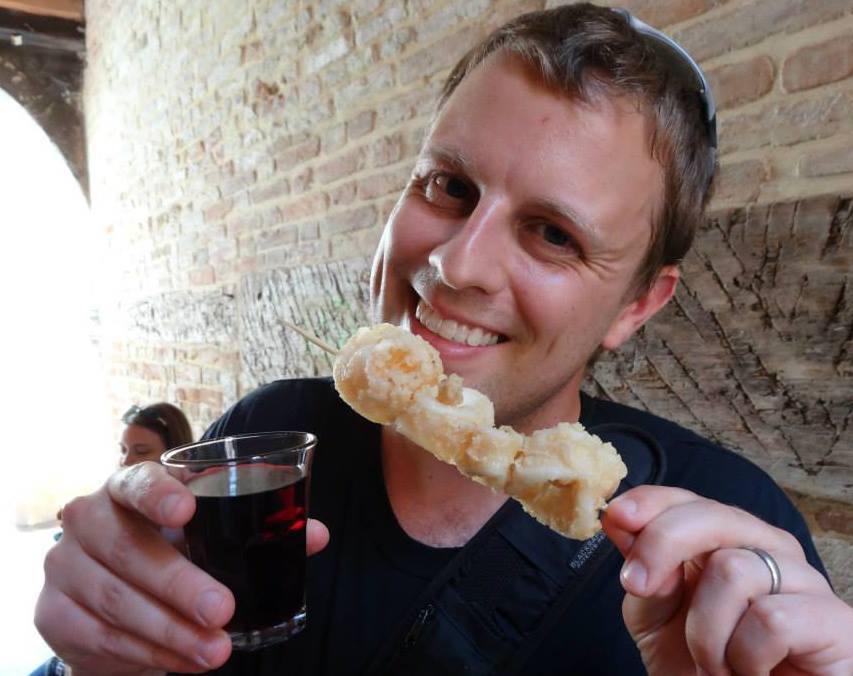
About the Author: Jeremy is a full-time travel writer based in Pittsburgh and primary author of this site. He has been to 70+ countries on five continents and seeks out new food, adventure activities, and off-the-beaten-path experiences wherever he travels.

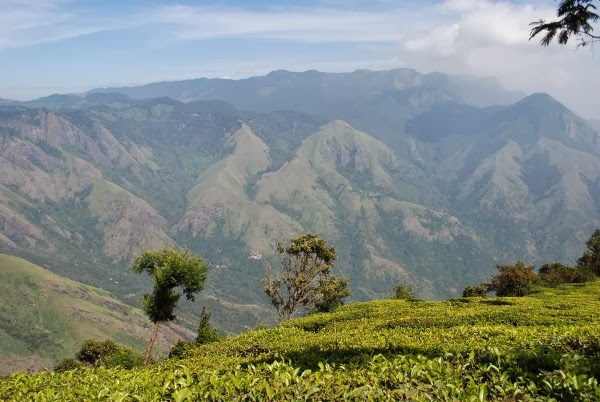
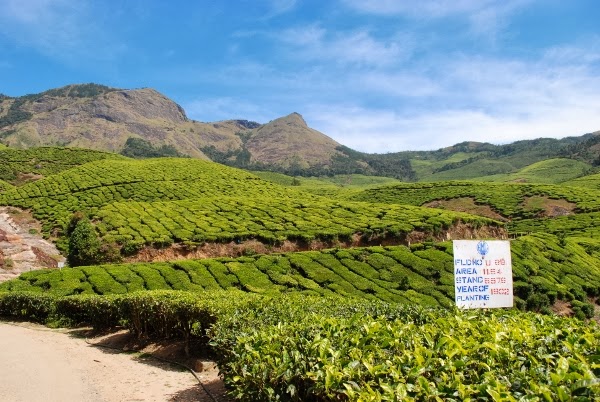
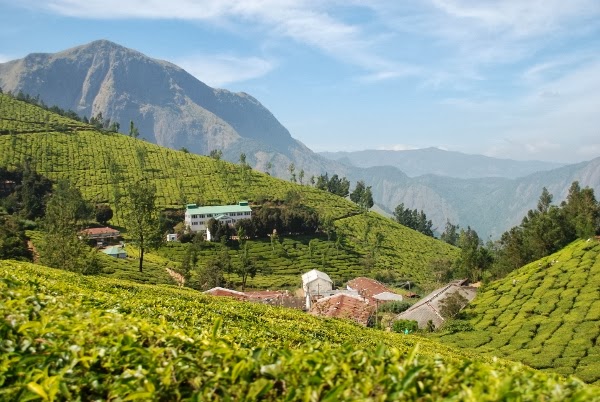
Hey Jeremy & Angie, nice post. We were in Kolukkumalai, a couple of years ago and the views, at the end of the monsoons were stunning. There is a stay atop the hilll and from what I’ve heard, sunrise views looking down into the valleys are out of this world. Something for the next time maybe
It’s a beautiful place, I’m sure! Thanks for bringing this to our attention!
Not many sources out there about tea plantations… truly great attraction!
There is something about a tea plantation that I always have to visit. We’ve been to tea fields in many different countries, and the last was in Malaysian Borneo…love the post!
I’ve been to two different regions so far, and the view never seems to get old. Looking forward to visiting a few more as we go if we can!
Those are some gorgeous views! I love organic tea so it was fun to learn more